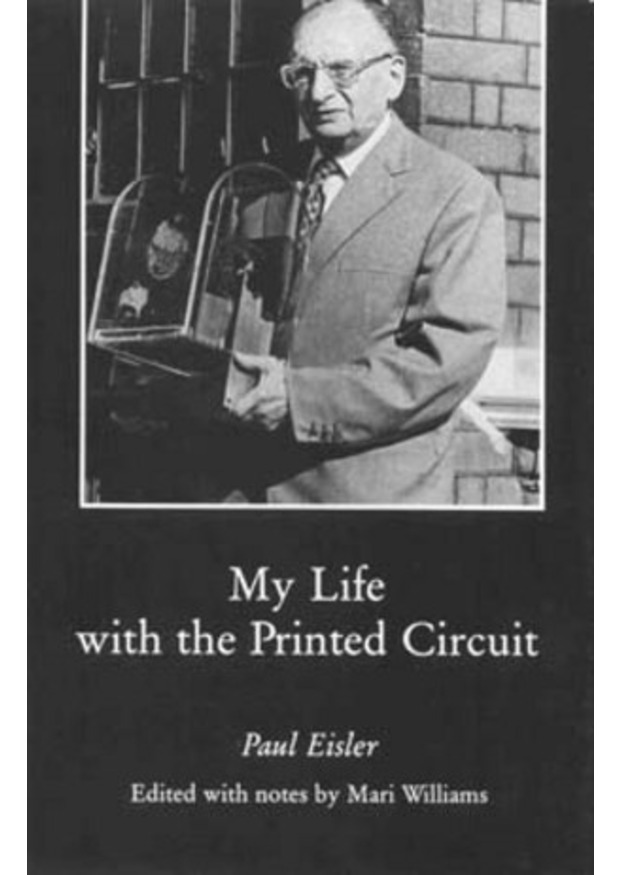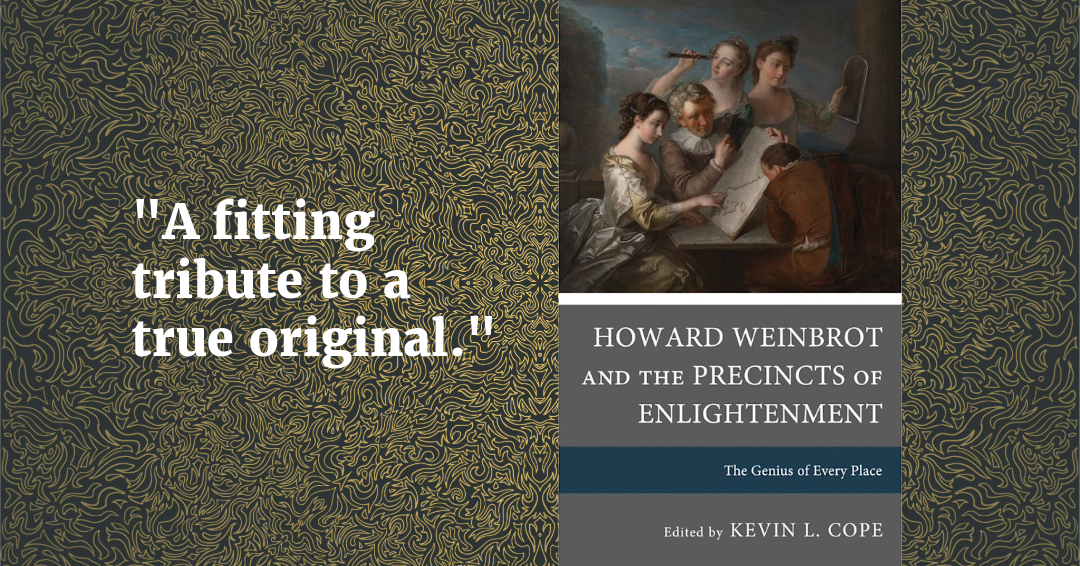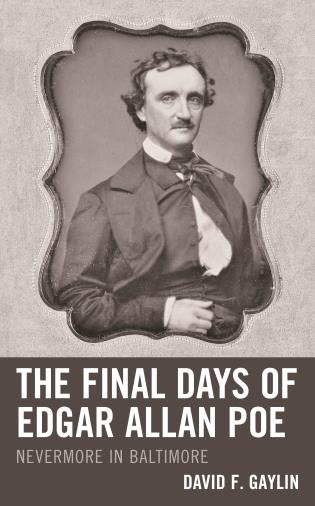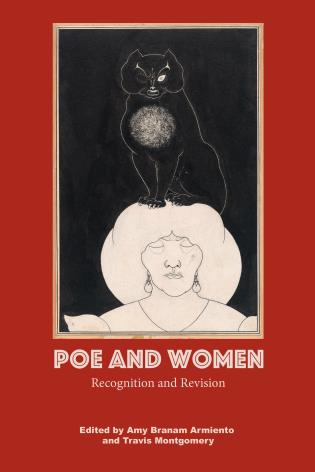My Life with the Printed Circuit is Paul Eisler's dramatic autobiography, recounting his invention and pioneering of the printed circuit in the midst of the blitz in London during World War II. The book is a behind-the-scenes report of how the invention became an important weapon against the German Luftwaffe and why it remains to this day a basic principle of modern technology in the armaments and electronics industries. This achievement and his many patents did not provide an easy run for the author's other inventions, which were sufficiently revolutionary to place him in the same league as Volta, Faraday, Bell, Edison, and Marconi. In a fascinating account that will interest laymen and professionals alike, Eisler examines the patent system from the perspective of the inventor and retraces his experience in guiding his creative ideas through to commercial products.
The story opens in Vienna in the 1930s. On the strength of two of his patent applications, Eisler obtained invitations from two leading electrical firms to visit England and thus, in 1936, escaped from the imminent Nazi threat. As an alien, however, he was not permitted to work. When he offered his printed circuit invention to Plessey, it was rejected, and Eisler was forced for a time to put his ambitions aside.
It was not until after the war broke out that he revived his idea of the printed circuit, encouraged by Churchill's appeal for sophisticated electronic armament to combat the Luftwaffe. Believing that his invention could provide that vital contribution, Eisler renewed his desperate search for support. At length he succeeded in interesting H. V. Strong, the proprietor of an old, established firm of music printers, but he was required to sign an agreement that conferred title of all related future patents to Strong.
Eisler then set about installing his simple laboratory in a partially blitzed building. With the aid of Gustav Parker, an old friend from Vienna, he constructed the first radio set incorporating printed circuits. He demonstrated that set to the Allied Missions and received a highly enthusiastic response. An end result was the American use of printed circuits in producing proximity fuses, and these were supplied to the anti-aircraft batteries for the defense of London and of the Antwerp bridgehead.
The account continues with Eisler's postwar career. Despite a disastrous experience with the National Research and Development Corporation (NRDC), which virtually gave away the U.S. patents for Eisler's inventions, he made tremendous strides as an inventor. He developed means of producing copper foil electrolytically and of bonding it to a laminate. His subsequent inventions included the foil battery and the foil heating film for electric surface heating. Detailing various applications of the heating foil, Eisler describes his negotiations with a succession of large British and American companies. The author concludes by summing up, in the light of his experience, his views on the patent system.













